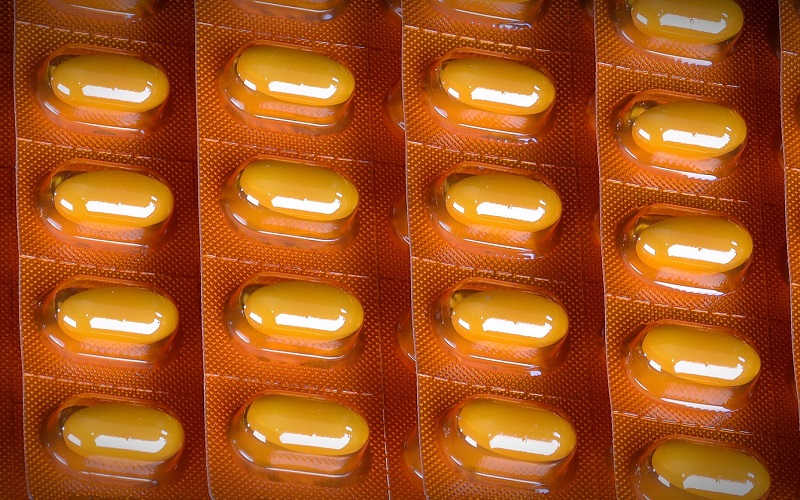Snowflakes and hailstones are both made of water, yet they differ greatly in terms of their shape, size and other physical properties. The differences arise due to the way water freezes in the atmosphere through a process called crystal formation.
Interestingly enough, similar processes take place in drug manufacturing. By controlling how active pharmaceutical ingredients (APIs) crystallize, drug companies can influence the bioavailability and efficacy of the drug in the patient’s body. However, precise manipulation of API crystallization remains a challenge.
A technique known as template-induced nucleation could be the answer to this crystallization conundrum, said Sendhil Poornachary, a Scientist at the Institute of Chemical and Engineering Sciences (ICES). Poornachary is the corresponding author on a study with Reginald Tan, a Principal Scientist at ICES; they collaborated with scientists at Imperial College London and the Indian Institute of Technology Patna.
Fundamentally, template-induced nucleation involves the use of specialized surfaces that influence the way individual API molecules aggregate en route to crystal formation. As crystals begin to form—or nucleate—on a template surface, the surface can favor physical and chemical interactions that control crystal structure, resulting in different solid forms known as polymorphs.
Crystal polymorphs of a molecule typically exhibit different physical properties, despite being chemically identical, due to their different crystal lattice arrangements. Different polymorphs of a drug crystal can dissolve at different rates or concentrations, affecting how the human body responds to the drug. They can also have different physical properties—such as density, shape or melting point—which must be considered during the pill manufacturing process.
“In our review, we describe how epitaxy, topography and surface chemistry affect template-induced crystal nucleation, with a specific focus on API crystallization,” Poornachary added.
An epitaxial relationship exists when the molecular arrangement of the template surface resembles the structure of a developing crystal, promoting further crystallization. Meanwhile, topography, which includes nanoscale pores and engineered patterns, can selectively induce nucleation of a specific polymorph if certain geometric features are matching. Some strong chemical interactions, such as hydrogen bonds or van der Waals forces, can even pull drug molecules into exact arrangements, again favoring particular polymorphs, he explained.
“We extensively describe how functionalized glass can control the crystallization of carbamazepine, a model pharmaceutical drug. We also explored the solute concentrations and temperature ranges where the template effect is most prominent and can be practically useful,” he said.
The team further used computational molecular modeling to provide insights into the mechanisms underlying template-induced crystallization. “This knowledge will ultimately prove useful in intensifying the process of drug formulation and finding applications for new drugs,” Poornachary said.
The A*STAR-affiliated researcher contributing to this research is from the Institute of Chemical and Engineering Sciences (ICES).





